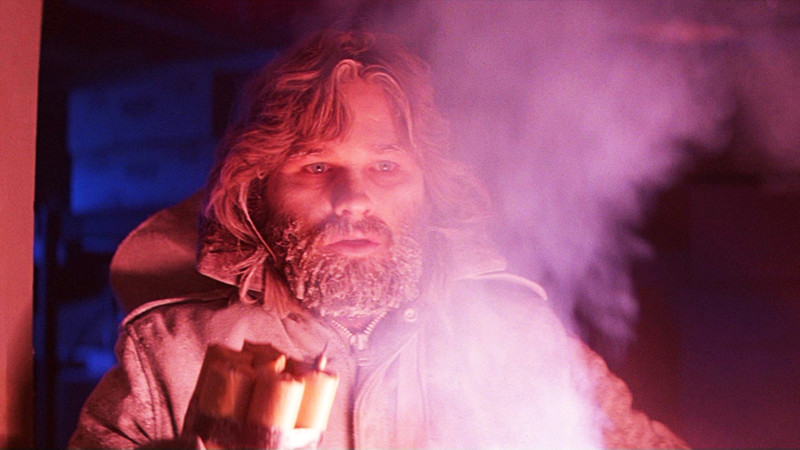
The ending of a horror film is paramount. The feeling you take away all rides on the finale of the film. A good ending can leave you disturbed forever. It can etch itself into your soul. The ending can make or break the film. The final image is the last attempt to truly impact you, one last attempt to leave you with an image or idea you can’t forget, and when it works, it can haunt you far beyond the 90-minute runtime.
Nailing the finale is not so easy though, countless horror films have attempted the final scare, the last thrill, but most of the time it’s just as soulless as the many cliché scares that came before it. It takes a special magic to create a truly disturbing ending, and here is a list of the films that did it best.
For obvious reasons this list is ripe with spoilers.
10. Martyrs (Pascal Laugier, 2008)
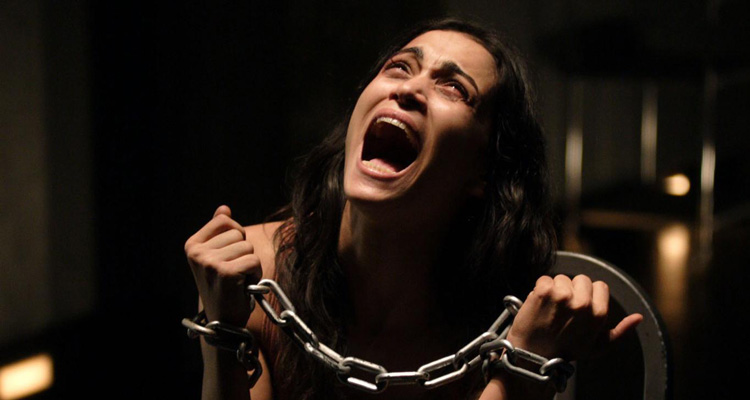
One of the more prominent films to come out of France’s extreme horror trend, Martyrs is a brutal exercise in tolerance and religion. Set around a cult that wishes to torture people in the belief that a martyr can experience the outer realm of existence, and thus prove if there is indeed anything beyond the physical realm, the film showcases some of the most extreme and gruelling imagery to date, and the ending is the most shocking part.
Both thematically and visually, Martyrs is a heavy film, and the ending is the heaviest moment. When the captive girl, played by Mylene Jampanoi, has been tortured to her physical limit by being skinned with all but her face remaining, she finally reveals what she sees, but we the audience never find out. Although one message is clear, whatever the martyr saw, it was not the heaven they hoped for and the film ends with a depressingly dark climax that leaves you feeling very unoptimistic.
9. The Human Centipede 2 (Tom Six, 2011)
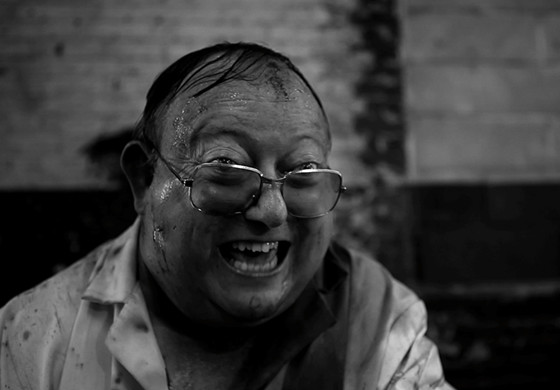
The human Centipede trilogy is an experiment in shock. Six pushes his audience but always leaves a sense of humour present, something the second film truly capitalises on. Easily the most disturbing out of the trilogy for its British realism aesthetic and its sombre tone, Centipede 2 is a hard pill to swallow.
When the film finally reaches its climax, it ramps up the grotesque to absurd levels, babies being crushed under acceleration pedals, blood, guts, and everything else! And when it is all over, we see Martin, played by Laurence R. Harvey, still alive and ready to try the dreaded experiment all over again. An open end you’d much prefer closed.
8. Begotten (E. Elias Merhige, 1989)
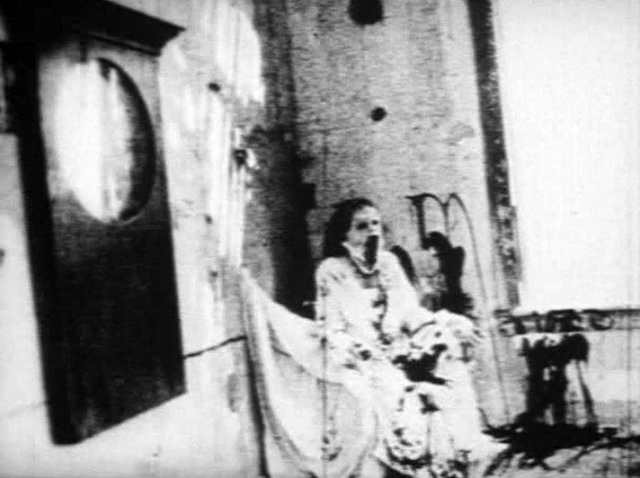
How can you explain Begotten? Unlike any film before it, unlike any after it, Begotten is a truly unique piece of art. The film very loosely depicts the creation of earth. The film became an underground cult sensation with theorist Susan Sontag even championing it from the start. It struggled to find an audience but over time it has become a staple of avantgarde art.
Still to this day it is a hard to watch meditation on the very cinematic form it exists in, and its ending is just as twisted as the entirety of its narrative. The ending to the film is so powerful because it reveals nothing, it feels sombre and dark like the images that proceeded it and it leaves you with no sense of equilibrium.
Begotten feels like you have been ripped from the womb too early. You feel like you are seeing images that you will never understand, you can never comprehend, and when it is over you feel vulnerable and dirty.
7. Videodrome (David Cronenberg, 1983)
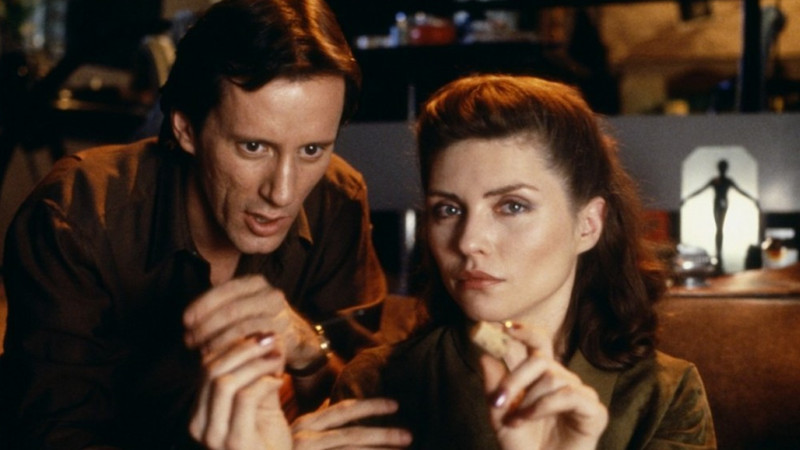
Cronenberg’s defining surrealist achievement enclosed in the iconography of a sci-fi horror. This film is a masterpiece of cinema. The film is the crescendo to many of the ideas Cronenberg had been exploring in his early career. His biological horror seemed right at home in the story of TV president Max Renn, played by James Woods, and his discovery of a pirate channel named Videodrome. He slowly becomes infatuated with the channel as it warps his mind and distorts his perception of reality.
The film slowly builds as does Renn’s insanity, until the climactic ending leaves a sense of dread and insecurity as Renn ends his own life. Well, that is what the film depicts visually but thematically it feels very open-ended. What was real, and what was not? Like the very channel that plagues Max’s mind, Videodrome feels like an insane fever dream where reality and dreams collide, and the ending further justifies that sense of disturbing surrealism.
6. The Fly (Kurt Neuman, 1958)
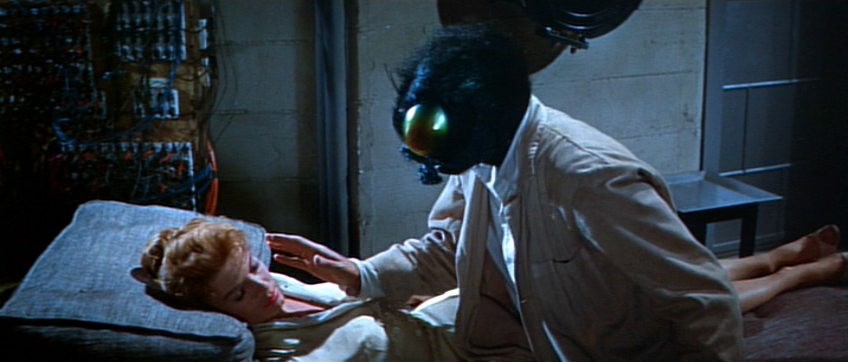
When you think of The Fly you would not be hated for thinking of Cronenberg’s 1986 body-horror first, because without hesitation it is a far superior film. Neuman’s Fly may be a cheesy B-movie, but its iconic imagery is still pop-culture relevant today, and its ending is still a unique finish to a pretty standard monster movie.
The thing that sets Neuman’s film apart from Cronenberg’s is the ending, and while it may be the less superior film, its ending is arguably the better of the two. In the 1958 film, when scientist Delambre, played by Ali Hedison, enters the chamber and fuses with the fly he simply emerges with a fly head and arm, unlike Cronenberg’s slow transformation.
When the ending reveals that the fly that has been pestering the characters is actually Delambre’s head attached to a fly body (the reverse of what we believed to be Delambre), we are shocked due to his presence being known for so long. When this is revealed though it is too late as we watch him caught in a spider’s web as Vincent Price puts him out of his misery.
A chilling ending for 1958. A disturbing classic. A true example of how an ending can truly propel a film into a different league.